The iPhone 12 will need a huge upgrade to lure people away from the iPhone SE
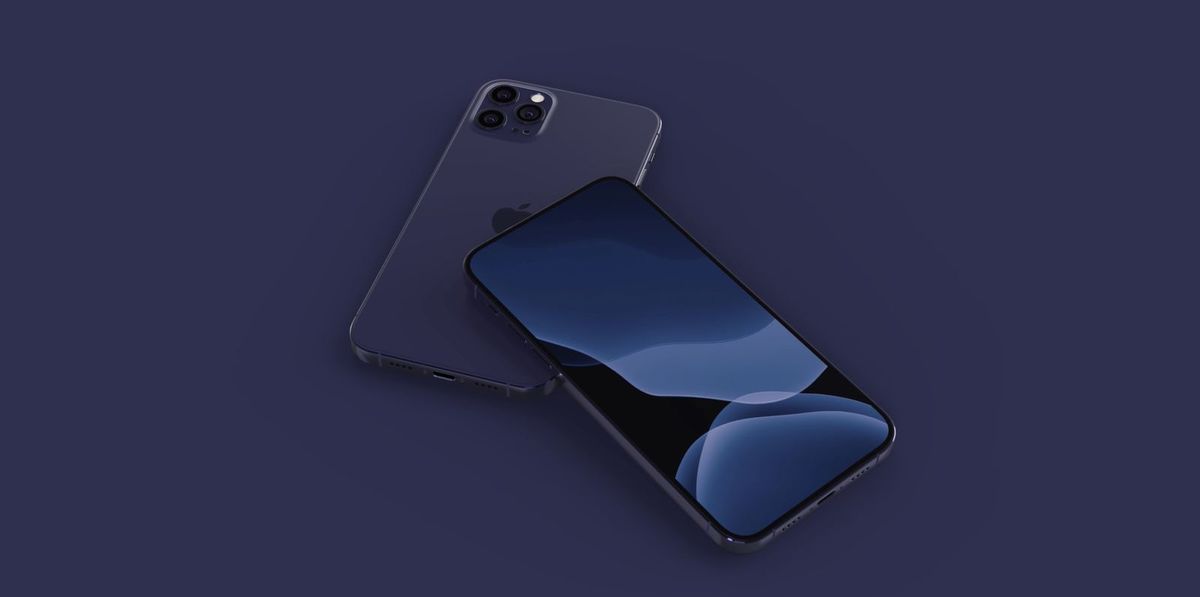
Right on the heels of the iPhone SE (2020) launch, a lot of rumors about the iPhone 12 have been circulating. From features, to screen sizes, and even prices, people are clamoring (myself included) for as much information we can about the upcoming iPhone. The iPhone 12 will be a hot topic right up until its launch, but the question a lot of people should be asking themselves is whether or not the iPhone 12 will be worth it.
It might be easy to say that the newest iPhone is always the best phone, and by some metrics (like speed) that's likely a fair assessment, but when you start talking about buying a new iPhone with your hard-earned money, what the spec sheet says usually matters less to people. Early indications show the iPhone 12 won't be anything ground-breaking, meaning the iPhone SE will be a great buy.
What's the rumors?
Let's start with the rumors. These rumors (while barebones) come from Jon Prosser, who's been super accurate with his information, especially lately. According to his sources, the iPhone 12 will come in not three, but four models each at different price points.
- iPhone 12, 5.4-inches w/two rear cameras for $649
- iPhone 12 "Plus", 6.1-inches, w/two rear cameras for $749
- iPhone 12 Pro, 6.1-inches, w/three rear cameras and LiDAR for $999
- iPhone 12 Pro Max, 6.7-inches, w/three rear cameras and LiDAR for $1,099.
These tentative models are all expected to feature OLED screens and 5G capabilities and improved internals.
Launching four models gives Apple an even larger spread across different price points, which is a smart move regardless of how you look at it, and it means you'll have some thinking to do when it comes to which model you want to buy.
What will the iPhone lineup look like when the iPhone 12 launches?
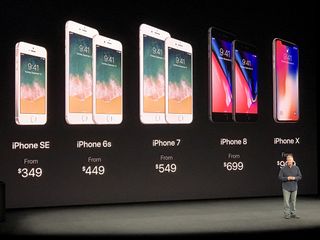
This is the big question mark, and no one has the exact answer, but it's entirely conceivable that once the iPhone 12 launches, Apple will only offer the iPhone SE (2020) and the four different models of the iPhone 12.
For comparison, the current lineup is the iPhone SE, iPhone XR, iPhone 11, iPhone 11 Pro, and iPhone 11 Pro Max. Five models of iPhone are about the average that Apple usually offers (as you can see from the picture above). With the rumors that and iPhone SE Plus can still be expected at some point this year, that would bring the total lineup to six models ranging from $399 to $1, 449 — that's a pretty good spread.
The iPhone SE will remain a solid contender come fall

It's easy to look at the lineup I laid out up above and think you have a lot of choices come this fall, but looks can be deceiving. If you break it down even further, you are going to have three iPhone choices come the fall — the iPhone SE, the iPhone 12, and the iPhone 12 Pro. All the "Plus" or "Max" models are just a bigger screen size of the same phone, making the three main price points $399 (iPhone SE), $649 (iPhone 12), and $999 (iPhone 12 Pro). It's at these price points where I still think the iPhone SE shines.
Yes, the iPhone SE is a downgrade from the iPhone 12 (even the base model), there's no doubt about that, but what you need to think about is what improvements the iPhone 12 promises. Currently, the biggest features we can expect are, better internals, 5G capabilities, and then the iPhone 12 Pro models are supposed to have LiDAR.
Let's take a quick moment to break down what those big improvements mean when compared to the iPhone SE.
Apple's chips only improve so much
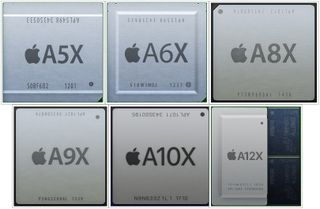
The iPhone 12 will likely have the "A14" chip since the current iPhone SE, and iPhone 11 models have the A13, and while I have no doubt the A14 will be faster, I doubt it will be noticeable to the average user.
Apple's new chips are always better than the previous generation, but unless you're already pushing your iPhone to its limits, the boost in performance each year is pretty negligible. Most people will likely only start to notice a difference if they upgrade from two generations ago, so upgrading from the A12 chip to the new A14, you'll probably see some improvement.
So when you consider the iPhone SE has the A13 chip in it already, the promise of better internals from the iPhone 12 is almost a moot point. When it comes to speed and performance, the iPhone SE won't feel any less snappy or responsive than the iPhone 12.
5G is not a big deal — yet
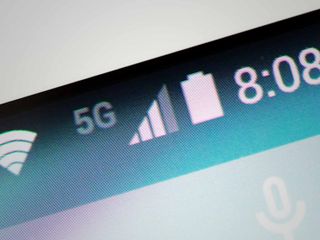
There's a lot of talk about the potential of 5G is right now. The super-fast speeds of mmWave are enticing for anyone that has been stuck in less than stellar reception trying to load a webpage in Safari or download an app from the App Store, but 5G doesn't solve all problems.
First of all, 5G is very much in its infant stages, and the coverage is pretty minimal right now. Certain countries are further along an have a better 5G infrastructure right now than others, but for a large majority of people, 5G is nothing but a dream at the moment.
Secondly, even if there is a 5G network where you reside, it's likely only from one specific carrier. That's great if you already have a plan with that carrier or like what that carrier has to offer, but it offers you very little choice if you're deadset on using 5G on your next iPhone.
Lastly, while there is some credit to the thought of getting a 5G iPhone so you can future-proof your next iPhone purchase, after all, if you have 5G on your iPhone, then you can use it when it becomes available in your area. The iPhone SE won't give you that option; however, depending on where you live, reliable 5G might not roll out to for years, and when it does, buying a new iPhone at that point might be the right call, rather than spending the money on a feature you can't even use yet.
LiDAR — nothing to write home about
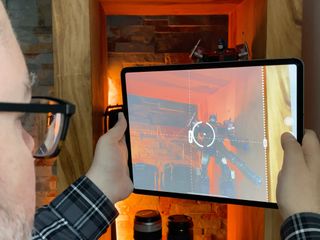
If you don't know what LiDAR is, I wouldn't blame you. In layman's terms, it's a cool technology that allows for much better implementation of AR.
There isn't too much to say about LiDAR because it's potential hasn't been realized. If you're super into AR or you're an AR developer, LiDAR is likely exciting to you, but for the average person, it's not a feature you'll miss if you don't have it.
What does all this mean?
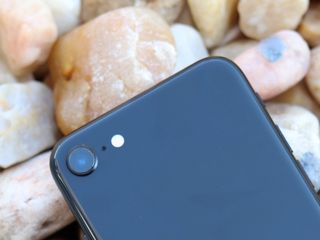
It means that when the iPhone 12 launches in the fall (assuming it's on time), the iPhone SE is a viable option for a lot of people.
Of course, you still have to deal with the limitations that come with the iPhone SE. One rear camera, big bezels, no Face ID, and LCD screen, but once again, the value of the iPhone SE is so great that those limitations are a lot easier to swallow.
Now, this all comes with the caveat that the iPhone 12 doesn't come with any vast improvements or incredible features that we don't currently know about, and it's possible that Apple might blindside us with something cool; however, based on what we're expecting, that won't happen.
The bottom line, you'll still need to dole out extra money if you want the minimal bezel design or if you want multiple cameras. However, the iPhone SE remains an incredible phone for most people, and I don't foresee the iPhone 12 changing that.
Master your iPhone in minutes
iMore offers spot-on advice and guidance from our team of experts, with decades of Apple device experience to lean on. Learn more with iMore!

Luke Filipowicz has been a writer at iMore, covering Apple for nearly a decade now. He writes a lot about Apple Watch and iPad but covers the iPhone and Mac as well. He often describes himself as an "Apple user on a budget" and firmly believes that great technology can be affordable if you know where to look. Luke also heads up the iMore Show — a weekly podcast focusing on Apple news, rumors, and products but likes to have some fun along the way.
Luke knows he spends more time on Twitter than he probably should, so feel free to follow him or give him a shout on social media @LukeFilipowicz.


